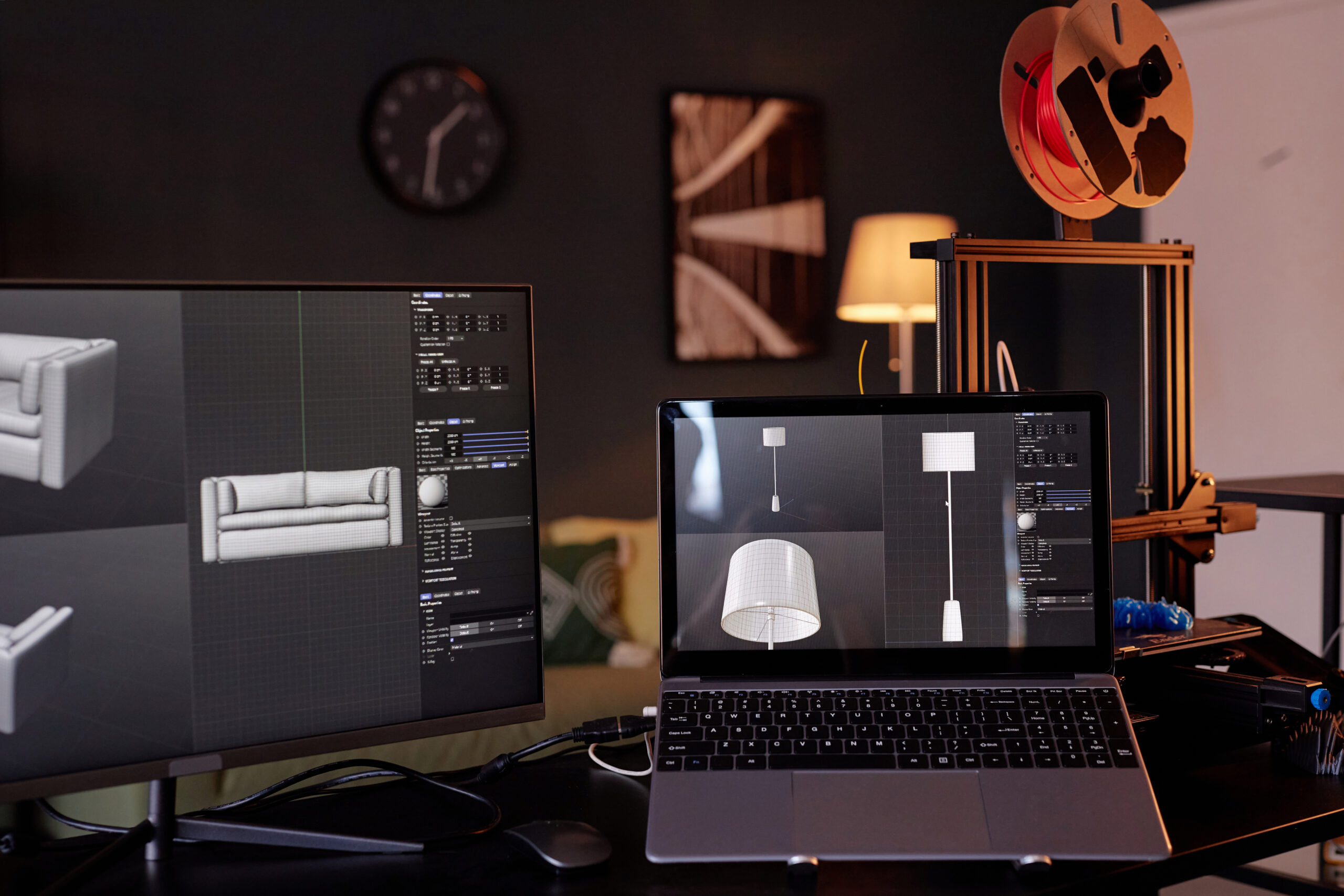
Blender, the open-source 3D creation suite, has steadily gained popularity and is now setting trends in the world of 3D modeling. From stunning visual effects in blockbuster films to lifelike video game environments, Blender is being embraced by artists, designers, and developers for its versatility and cost-efficiency. But why exactly is Blender modeling becoming such a hot trend? Let’s explore some key reasons behind its rise to fame.
Free and Open Source
One of the biggest reasons Blender is trending is that it’s completely free. Unlike many professional 3D design tools, Blender doesn’t require a hefty investment, making it accessible to aspiring artists, indie developers, and even big studios looking to cut costs. Being open-source, the software also benefits from a strong community of developers and users who consistently contribute to its features and improvements.
Powerful and Versatile Features
Blender is packed with professional-grade features for 3D modeling, sculpting, animation, texturing, and even video editing. Whether you’re working on architectural visualization, product design, or animated films, Blender can handle it all. With each update, Blender adds more cutting-edge tools, such as real-time rendering with the Eevee engine and enhanced sculpting capabilities, keeping it on par with industry-leading software.
Integration with Industry Pipelines
Many large studios and professionals are now integrating Blender into their production pipelines. Its flexibility allows it to work seamlessly with other tools like Adobe After Effects, Unity, Unreal Engine, and more. Blender’s support for industry-standard formats like OBJ, FBX, and Alembic ensures that artists can easily collaborate and transfer assets between different platforms, further boosting its adoption.
Strong Community and Learning Resources
The Blender community is vast, with artists and developers from around the world sharing resources, tutorials, and add-ons. This strong support network has helped Blender become more accessible to newcomers and professionals alike. With countless free tutorials and a robust online forum, learning Blender is easier than ever, making it a preferred choice for 3D modeling beginners.
Real-Time Rendering with Eevee
Blender’s real-time rendering engine, Eevee, has revolutionized how artists visualize their models. Eevee allows for near-instant feedback on lighting, textures, and materials, making it easier to iterate quickly and create stunning visuals without the long rendering times associated with traditional ray-tracing engines.
Growing Use in Film, Games, and VR
Blender is increasingly being used in industries like film, video games, and virtual reality. From creating cinematic effects to generating complex game environments and assets, Blender is proving that it can handle high-end production work. Its adaptability and powerful tools make it a favorite for VR and AR development, which is rapidly growing in demand.
Support for 3D Printing
As 3D printing continues to boom, Blender is becoming a go-to tool for designing models ready for printing. Its precision and detailed mesh creation capabilities allow users to prepare highly accurate models for 3D printers, further expanding its application in industries such as product design, jewelry, and architecture.
As more industries embrace Blender for their modeling needs, it’s clear that this software is not just a passing trend, but a long-term player in shaping the future of 3D design.
